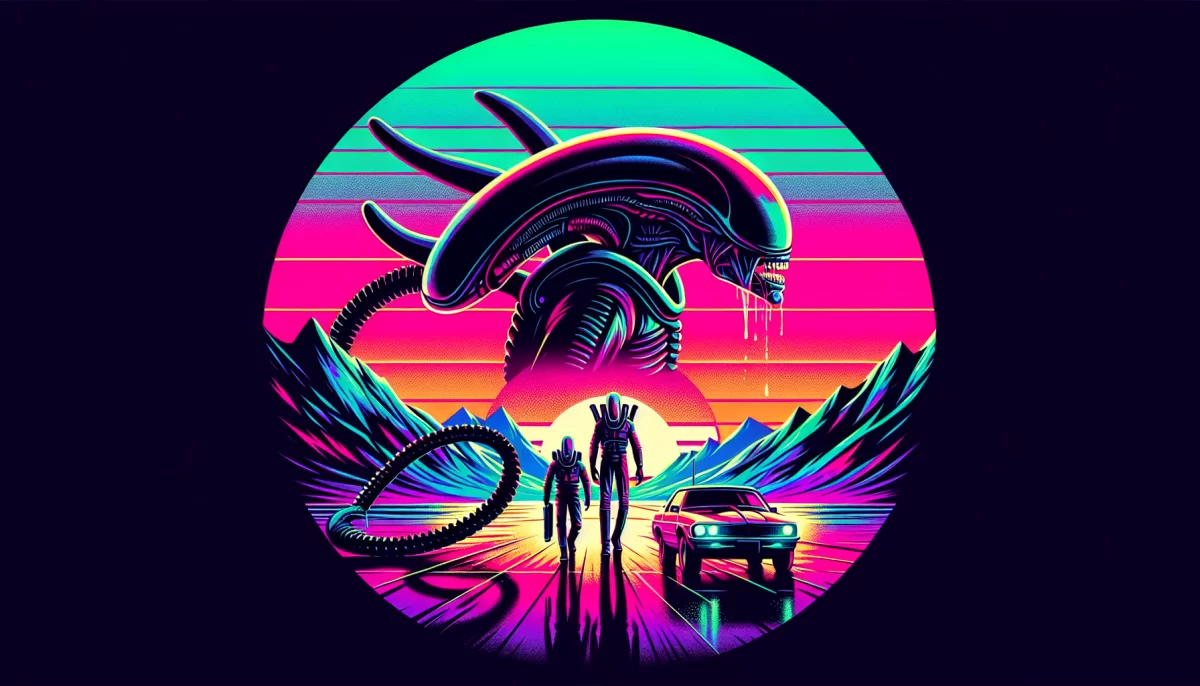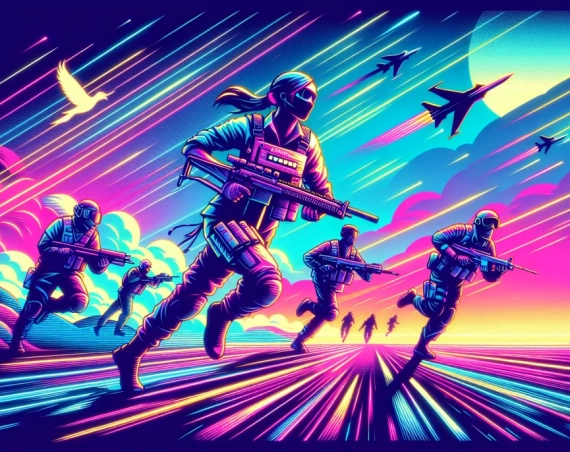
Alien: Earth Review – The Franchise’s Strongest Return Since James Cameron’s Aliens
This review covers the first six episodes of Alien: Earth, the eagerly anticipated sci-fi horror series. Spoiler-free insights and analysis follow.
Introduction: A Bold New Chapter in the Alien Franchise
Alien: Earth marks a significant revitalization of the iconic Alien franchise, representing its most potent outing since James Cameron’s seminal 1986 film, Aliens. Developed under the guidance of acclaimed showrunner Noah Hawley, known for hit shows like Fargo and Legion, Alien: Earth is a bold, ambitious series that blends intense horror, corporate intrigue, and profound human drama.
Since the franchise’s low point at the 2017 critical and commercial disappointment of Alien: Covenant, there has been a remarkable resurgence of interest and quality, epitomized by last year’s fan-favorite Alien: Romulus. Alien: Earth builds on that momentum, delivering an immersive and fresh story that stays loyal to Ridley Scott’s original vision while expanding the universe in engaging new ways.
Setting and Story Overview
The series begins with the Weyland-Yutani spacecraft, the USCSS Maginot, returning from a 65-year deep space mission aimed at collecting extraterrestrial specimens. Disaster strikes when the ship crashes on Earth, specifically the dystopian metropolis of New Siam, controlled by one of the powerful mega-corporations known as “the Five.”
- Weyland-Yutani’s agenda: Central to the narrative is the corporate power struggle, particularly the ambitions of Prodigy, the youngest corporation, and its CEO Boy Kavalier.
- The Lost Boys: Prodigy’s controversial team is composed of terminally ill children whose consciousnesses have been transferred into synthetic adult bodies, raising challenging ethical questions explored throughout the series.
- Alien encounters: The retrieval of alien specimens onboard the Maginot triggers terrifying encounters, blending classic xenomorph terror with new extraterrestrial species that add freshness and unpredictability.
Alien: Earth’s Strengths
1. Atmospheric and Immersive World-Building
Alien: Earth’s production design expertly captures the retro-futuristic ‘cassette futurism’ aesthetic inspired by the original 1979 Alien. The Maginot’s interiors evoke nostalgia without resorting to overused callbacks, while the series’ depiction of a near-future Earth controlled by corporations adds a compelling layer of socio-political depth.
2. Engaging and Complex Characters
The series boasts strong performances, highlighted by Sydney Chandler’s portrayal of Wendy—leader of the Lost Boys. Her performance balances vulnerability with steely resolve, providing a relatable and gripping central figure amidst the extraterrestrial mayhem. Babou Ceesay’s Morrow introduces a menacing android presence, offering some of the show’s most chilling moments, while Samuel Blenkin’s CEO Kavalier embodies cold corporate villainy reminiscent of fan-favorite antagonists from previous franchise installments.
3. Innovative Creature Design and Horror
Alien: Earth introduces four new alien entities, expanding the franchise’s mythology while maintaining the terrifying essence of the original xenomorph. These creatures, though less iconic, reinvigorate the horror element with unpredictability, and the xenomorph itself is portrayed with a brutal bestiality reminiscent of Alien 3, yet retains an enigmatic grace. This biological ecosystem approach marks a fresh narrative perspective, as producer Noah Hawley describes the xenomorph as “an animal in an ecosystem,” coexisting with other predatory extraterrestrial species.
Challenges and Criticisms
Despite the series’ strong points, Alien: Earth is not without flaws. Some tonal inconsistencies emerge, particularly in episode 3, where attempts at humor clash with the otherwise ominous and suspenseful mood. Additionally, the concept of children inhabiting adult synthetic bodies, while intriguing, sometimes leads to frustrating characterization, as these “hybrid” characters occasionally make decisions that stretch believability.
Moreover, as the show progresses toward its eighth and final episode, the narrative leaves several threads unresolved, setting up a cliffhanger that demands further exploration beyond the initial season. Hawley has expressed intentions to develop Alien: Earth into a multi-season story, promising deeper expansion of its richly constructed universe.
Critical & Audience Reception
Alien: Earth has garnered impressive critical acclaim, securing the franchise’s third-highest score on Rotten Tomatoes, surpassed only by Ridley Scott’s original Alien and James Cameron’s Aliens. Fans and critics alike praise the series for rejuvenating the franchise’s core elements—horror, suspense, and high-quality science fiction—while navigating modern themes of synthetic life and corporate dystopia.
The show’s fresh approach has also sparked discussion on the evolving nature of sci-fi horror on television. Its expanded format allows for in-depth character development and a layered narrative structure, accommodating greater complexity than earlier feature films. This aligns with recent trends in high-budget sci-fi shows, such as Stranger Things and The Expanse, which blend thrilling storytelling with socio-political commentary.
Conclusion: A Ferocious Evolution of the Alien Legacy
Alien: Earth represents a noteworthy evolution in the Alien franchise—a ferociously entertaining series that balances gruesome horror with thought-provoking science fiction. While imperfect, its ambitious narrative, well-crafted characters, and innovative creature designs make it arguably the strongest Alien project since James Cameron’s Aliens.
By creatively expanding on Ridley Scott’s foundational universe and addressing contemporary themes of humanity, identity, and corporate exploitation, Alien: Earth not only honors its legacy but sets a promising stage for future installments.
Key Points Summary
- Setting: Earth in 2120, with a fallen spaceship carrying alien species.
- Characters: Synthetic hybrids, corporate executives, and alien hunters.
- Monsters: Classic xenomorphs plus innovative new alien species.
- Aesthetic: Cassette futurism mixed with modern dystopian elements.
- Reception: Third-highest Rotten Tomatoes score in the franchise’s history.
Further Reading and Resources
For audiences interested in the evolution of sci-fi horror and the Alien universe, recent studies highlight the increasing sophistication of television series in these genres. According to a 2024 Pew Research report, serialized horror SCI-FI shows have seen a 25% increase in viewership over the past 3 years, illustrating a shifting trend toward complex storytelling and character-driven plots.
Additionally, the ethical questions raised by Alien: Earth’s synthetic human hybrids reflect ongoing real-world debates in AI and bioethics. The Nature Communications study on synthetic biology emphasizes the challenges and potential of integrating human consciousness with artificial bodies—a theme poignantly explored in the series.
Note: Alien: Earth was streaming on Hulu in the US and Disney Plus in the UK as of August 2025.


